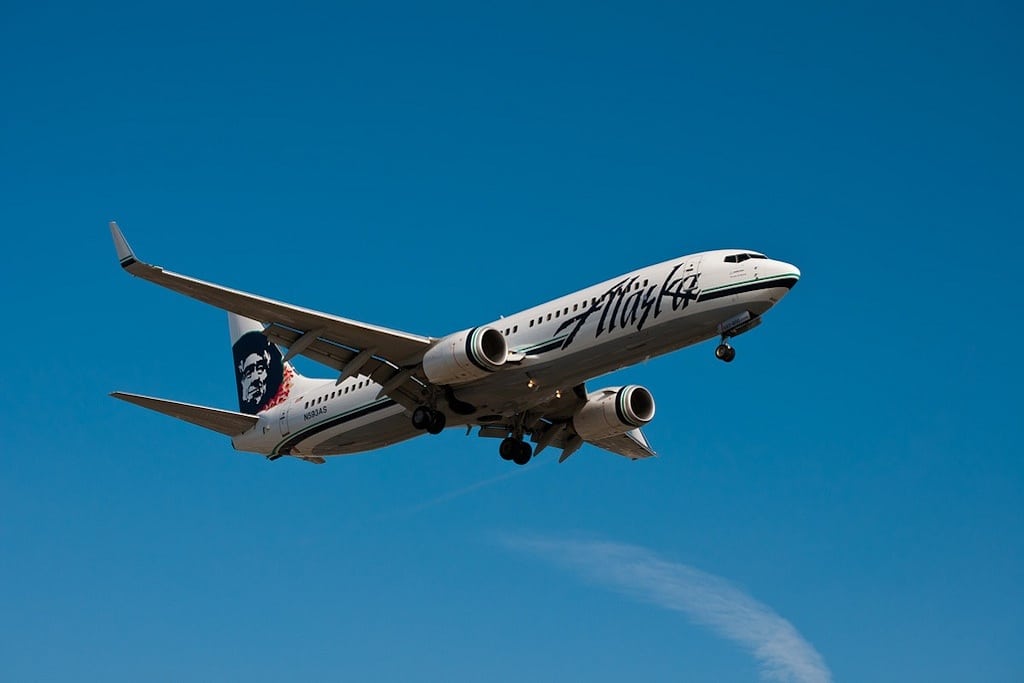Alaska Airlines successfully fills voids in Hawaii left by failed airlines

Skift Take
Alaska CEO says it’s looking to succeed as an independent entity, a goal that’s become more difficult with ongoing consolidation and perhaps even foolish given Hawaiian’s aggressive growth to the east.
Alaska Airlines has come a long way in five years.
Geography aside, the Seattle-based carrier has become fully entrenched in the islands since entering the market with Seattle-Honolulu service in October 2007.
Its 26 daily flights to Hawaii now represent 21 percent of its route schedule and make the state Alaska's second-largest region behind California.
"The growth rate has been unlike anything the company's ever seen in 80 years," Alaska Airlines CEO Brad Tilden said Thursday in an interview at the Star-Advertiser office.
With a strategy that has two-thirds of its flights connecting mainland cities to the neighbor islands, Alaska has helped fill the void left in the spring of 2008 when both Aloha and ATA airlines ceased operations to Hawaii.
"What Alaska and others have been doing is coming in and replacing that service and kind of filling that void," Tilden said. "The hole is filled at this point. So I think you're going to see growth from Alaska, and you'll likely see growth from others, but the opportunity we have today isn't the same level it was four or five years ago."
Still, Alaska sees opportunity in Hawaii from the mainland. On June 7 it will begin daily flights between San Diego and Lihue that will switch to four days a week after Aug. 24. Lihue will mark Alaska's third Hawaii city out of San Diego in addition to Honolulu and Kahului.
"They have definitely assisted us in reconnecting with t
